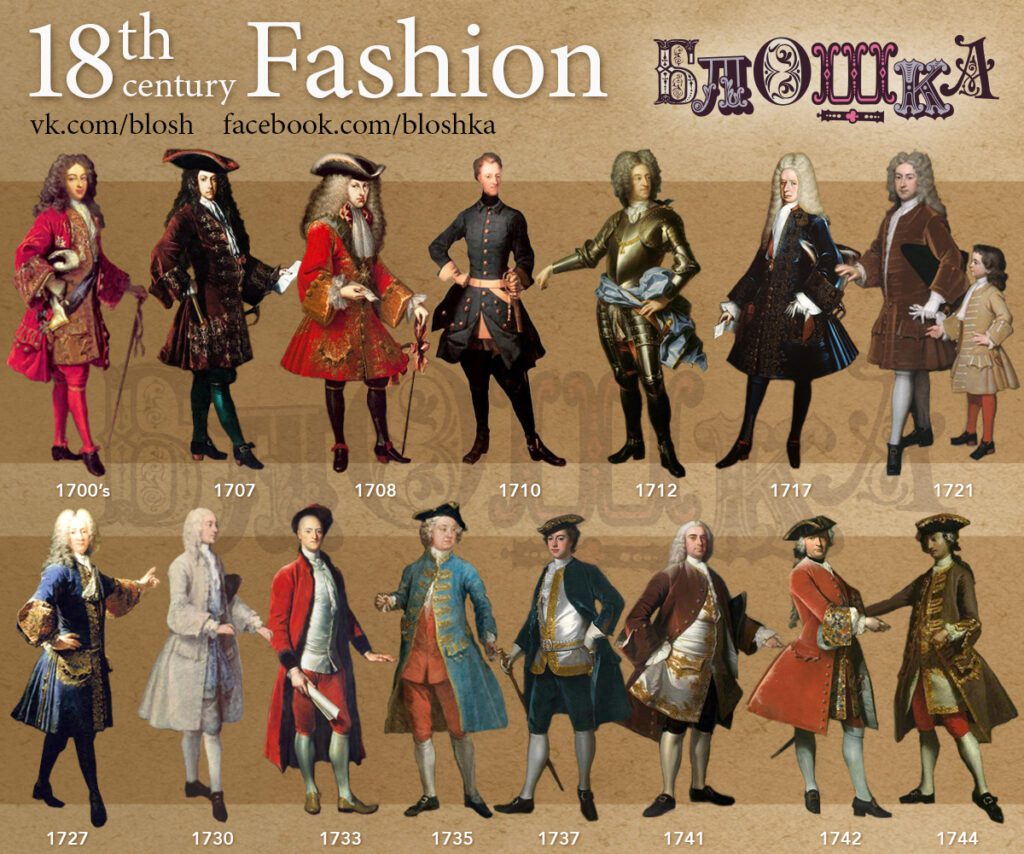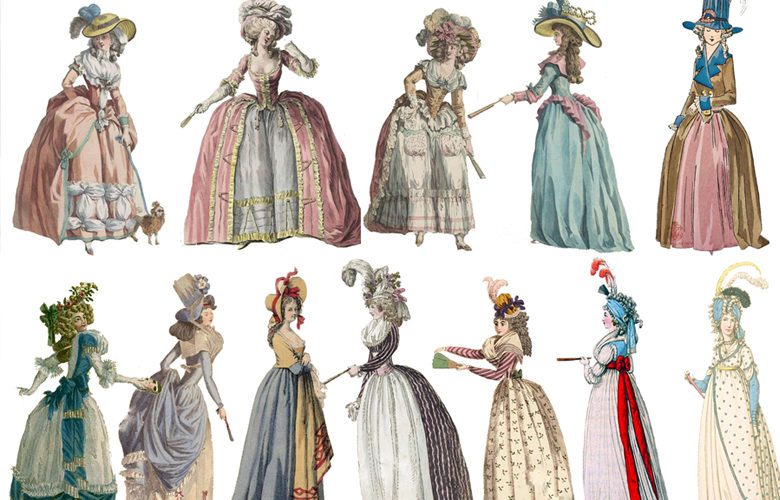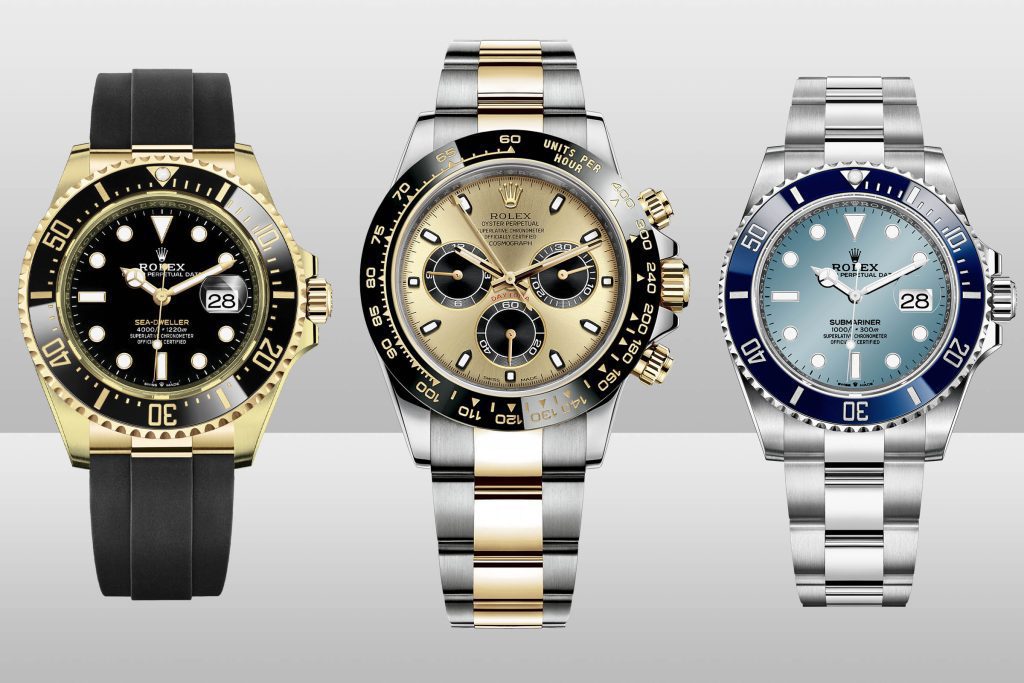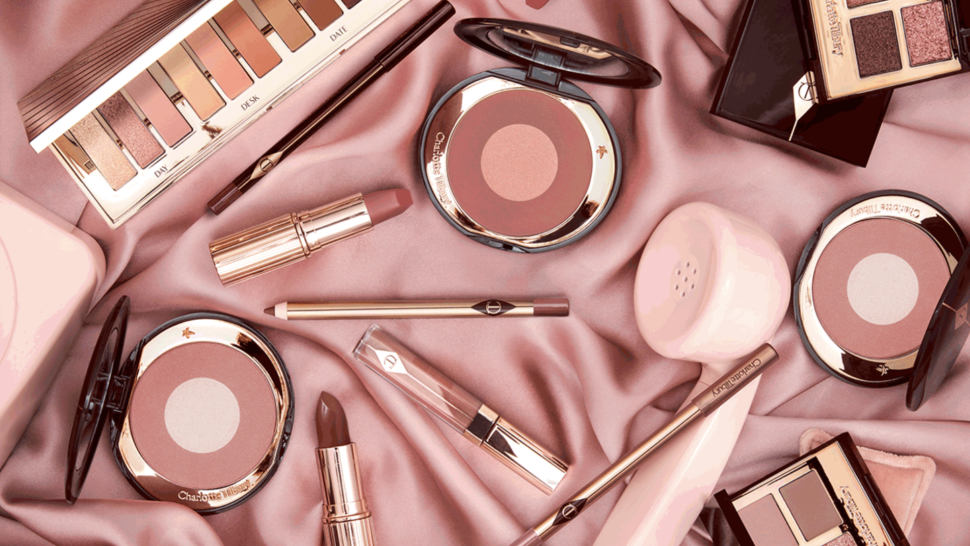Despite having its share of inconsistencies and exoticisms, the eighteenth century’s clothing has come to represent that unique, evolving, and revolutionary era in fashion history. There were plenty of memories from the 17th century. Although occasionally humorous, its balms and portrayals of the seventeenth century were vivid. If we look at the traffic in 18th Century Clothing that colonialism and global markets created, we can see that, whether a culture wanted to recognize it or not, there was a convergence of clothing styles.
What Influenced Fashion In The 18th Century?
Due to the influence of the Rococo period, also known as the late baroque period, fashion in the 18th century marked by more abundance, complexity, and intricacy in clothing designs. Marie Antoinette and other well-known fashion icons had a big impact on fashion.
What Did They Wear In The 18th Century?
We can visually comprehend and enjoy the important fashions of their age because of their artistic depictions. In a way that few others did, the way men and women dressed throughout that time was extraordinary and made an influence the history and development of fashion. Let’s talk about the patterns of 18th-century clothing and how people dressed.
Men’s 18th-Century Clothing:
In contrast to the luxurious and flamboyant styles of men’s clothing in the seventeenth century, there were fewer alterations made to men’s clothing throughout the eighteenth century. The male silhouette at the start of the 18th century was very different from what it is today. A full-skirted, knee-length coat, knee breeches, a vest or long waistcoat, a frilly linen shirt, and linen underdrawers made up the standard ensemble. Lower legs were visible and had a significant role in the silhouette. Men wore leather shoes with stacked heels that were low to medium in height and silk stockings.

The male silhouette gradually evolved as the century went on. The wig was typically tied back by the middle of the twentieth century. Except for the most formal events, it had completely fallen out of favor by the turn of the century. Knee breeches and underwear hardly changed at all. The fronts of coats cut in a curving line that curled backward as the skirts eventually became less full. Waistcoats shrank in length.
Women’s 18th-Century Clothing:
For formal occasions in the early 18th century, women wore a dress called a mantua. The mantua was an open-fronted, petticoat- and train-matched silk or fine wool gown. The petticoat may seen when the train worn looped up over the hips. The sleeves on the bodice were loose and ended in large turned-back cuffs.

Under the bodice, a corset worn to mold the figure as needed. A little linen cap, sometimes with lace lappets. And streamers dangling from either side of a woman’s cap worn with hair pulled back tight to the head. Hairstyles rose higher in the 1770s as a result of being combed over a cushioned roll or worn over a frame. The female silhouette underwent a significant alteration between the 1780s and 1800. Up till the bust, the waistline grew higher. Except when at court, the skirt’s width decreased, and hoop petticoats were abandoned.
Children’s 18th-Century Clothing:
Infants were dressed in “slips” in the eighteenth century, which were long linen or cotton garments with fitting bodices. And flowing skirts that reached at least a foot beyond the wearer’s feet. These lengthy slip dresses referred to as “long clothes.”

Children wore “short clothes”—ankle-length skirts called petticoats worn with fitting, back-opening bodices that were frequently boned or stiffened once they could crawl and subsequently walk. Up until the age of thirteen or fourteen, girls wore this style before switching to adult women’s front-opening gowns. Until they deemed mature enough to wear smaller copies of adult male attire, little boys wore petticoat outfits.

